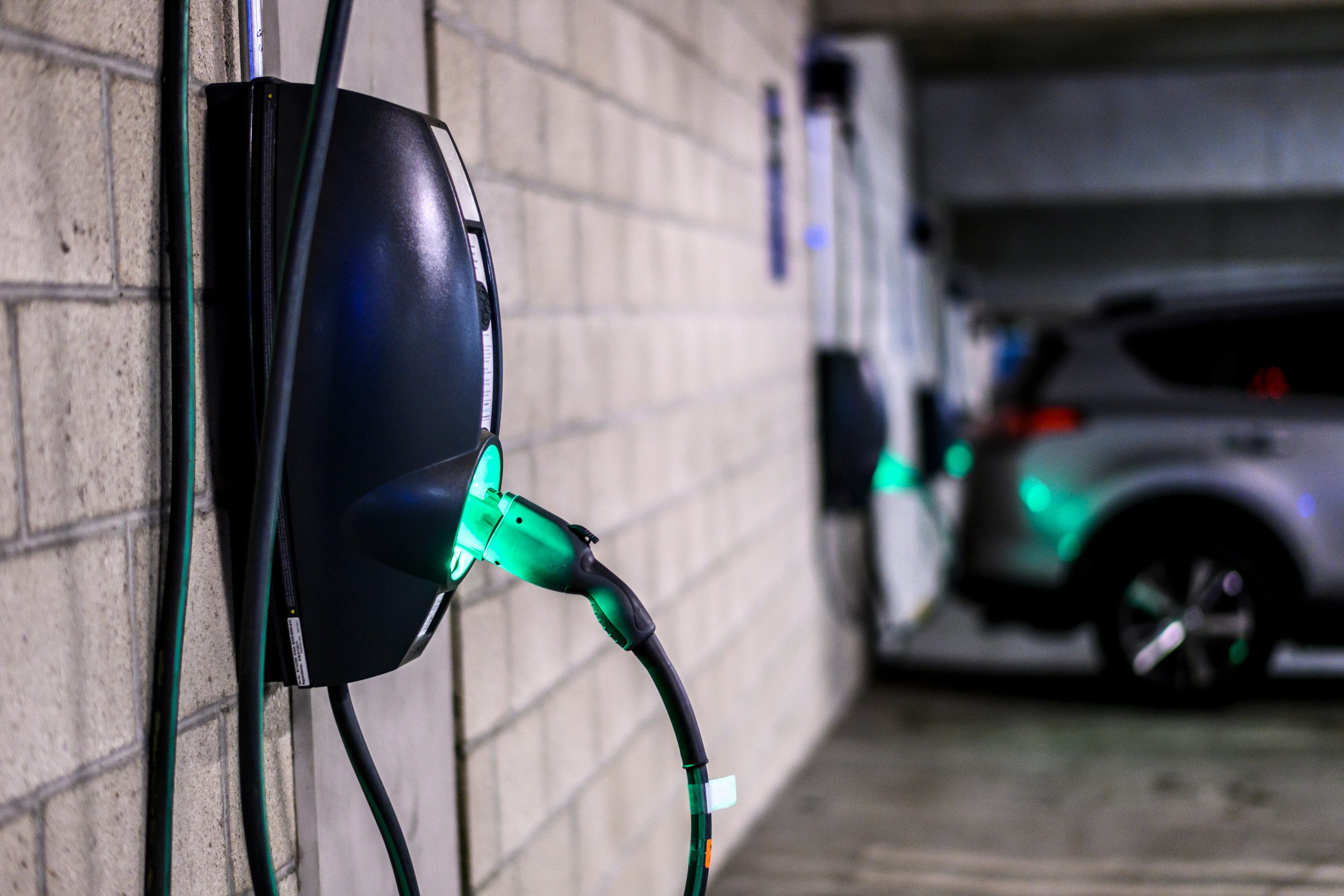Award Magazine, February 2020, by Natalie Bruckner
Like so many industries, the electrical and communications sector is becoming more connected, automated, and efficient. 2019 saw various technologies begin to have a larger role in the industry such as robotics and automation technologies, the smart grid, and of course the Internet of Things (IoT), which saw a network of devices connected to the internet exchanging data. The sector is also seeing rapid integration, so whether it’s utility and building generation power input sources, energy management, communications, or building automation, these days you can’t talk about one without the other. But there are other changes happening in the sector that is putting electrical systems in particular on the map as one solution to meeting our future energy needs.
Michael Ablang, principal engineer, electrical at Williams Engineering agrees that one of the biggest changes affecting the industry right now is the growth of the EV charging infrastructure. “One of our biggest concerns currently is the prevalence of EVs and the requirement by certain cities to have 100 percent of all parking spaces for residential units capable of handling electric vehicle chargers,” says Ablang.
While the number of EVs and plug-in hybrid electric vehicles (HEVs) is, at present, low compared to internal combustion engine vehicles (2.5 per cent of all vehicles sold in Canada), the switch-over is accelerating and the International Energy Agency outlook predicts there will be 130 million EVs on the road by 2030.
To meet the demand, in 2018 the City of Vancouver updated the Building Code Bylaw 10908 to increase the percentage of EV-ready stalls in new multi-unit residential buildings from 20 percent to 100 percent, and other municipalities are rapidly following suit. “This poses challenges for electrical designers because these chargers require quite a bit of power, especially when we are talking about high-rise residential towers. The load that these chargers impose on the electrical system means we need to provide larger unit substations and in Vancouver, where real estate is expensive, we have a hard time locating space to accommodate this,” says Ablang.
Williams is working closely with BC Hydro and FortisBC to ensure these new builds have the capacity to provide the necessary power. Looking ahead, Ablang is excited about this shift, as well as the shift away from natural gas to electric, but says the challenge will continue to be meeting demand, while balancing costs. “It comes down to how much owners can invest in sustainability and how much the end-users are willing to shoulder,” he says. “It’s an ongoing education.”
Read the full article Award Magazine – A-Whole-New-World
